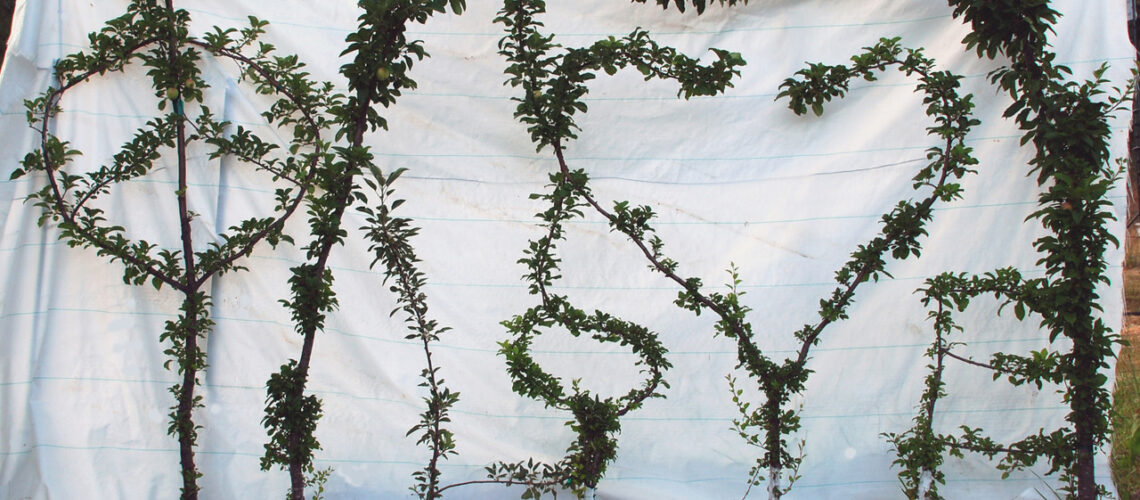Artistry in Arboriculture The Craft of Tree Pruning in Ann Arbor
January 27, 2024

Arborists perform tree pruning for various reasons, including shaping trees by controlling and directing growth, improving health, and decreasing risks. Unfortunately, excessive pruning can sometimes have detrimental results on tree health and structure.
Ann Arbor Tree Services provides residential tree care services in Ann Arbor. Their team assesses topiaries to determine appropriate services, such as trimming diseased limbs or removing structurally unstable ones.
Branches
Thinning densely-packed branches is not only aesthetic, but can help trees to absorb sunlight and water more efficiently, which improves their health while simultaneously encouraging understory vegetation to flourish.
Tree pruning helps protect against disease and insect infestation by cutting away dead limbs. Proper removal techniques eliminate any stubs which prevent calluses from closing over wounds, providing entryways for pathogens. This is especially beneficial with fruiting species as harvesting increases as does blooming.
Trees and shrubs require regular inspection and care in order to thrive. An arborist can identify potential issues, like nutrient deficiencies or pest infestation, while they’re still dormant and easier to treat. An arborist might also notice root rot or structural issues which would otherwise be harder to diagnose when plants reach full growth; sooner these issues are addressed the higher their chance of recovery will be.
Canopy
Arborists specialize in pruning to remove dead, diseased, or unproductive branches and limbs as well as shape a plant by controlling or directing its growth and reduce the risk of limb breakage. When doing so, they take into consideration where limbs naturally exist within a canopy to avoid creating wound sites that could allow pathogens into and decay occuring more easily.
A forest canopy refers to the upper layer of a plant community or forest, typically formed by mature tree crowns and consisting of vascular plants, epiphytes and lianas. A canopy provides protection for belowground organisms from harsh environmental conditions while offering shaded protection for people and wildlife alike.
A healthy tree canopy adds beauty and value to a property, as well as decreasing risk caused by overhanging branches to buildings and structures, helping other trees and shrubs flourish and prosper. Regular pruning of its canopy is vital in order to avoid issues like root invasion into foundations or septic systems that might otherwise arise.
Trunk
Arborists use the pruning process to remove dead branches and thin densely-packed areas in order to allow sunlight, air, and water to circulate throughout the crown, encouraging plant growth while improving its appearance in your yard and property.
Pruning trees on an ongoing basis prevents them from turning into overgrown, unsightly clumps of foliage and enhances their beauty, increasing both their value and that of your home or business. Pruning can even lower risks associated with heavy winds, ice or snowstorms.
Pruning can also remove diseased and damaged branches before they can spread their infections to other trees or plants in your landscape, driveway or street. By cutting away these parts of the tree before they spread infection to others plants or your landscape, driveway or street, you’ll limit the damage they can do. However, remember that pruning cuts must never be made flush with the trunk as this exposes too much surface area for disease to enter and slow healing; rather use a three cut technique with collar cuts between each branch meet (just outside swollen area where branches meet) that allows proper healing while also limiting fungus invasion.
Roots
A beautifully maintained landscape adds beauty, increased curb appeal and value to your property. One key component to creating such a scene is pruning trees and shrubbery – this requires an expert arborist if possible!
Arboriculture is the art and science of cultivating woody plants for human enjoyment, benefits and protection. Arboriculture differs from forestry in that its focus lies more with individual trees rather than large forest stands.
An arborist is a highly trained professional who knows how to plant, prune, diagnose problems and maintain woody plants such as trees, shrubs and hedges in urban environments. A strong understanding of biology, ecology and management practices associated with these species as well as urban management concerns is integral in this profession. Knowledge of horticulture, risk evaluation and legal issues also play a part in this career path.